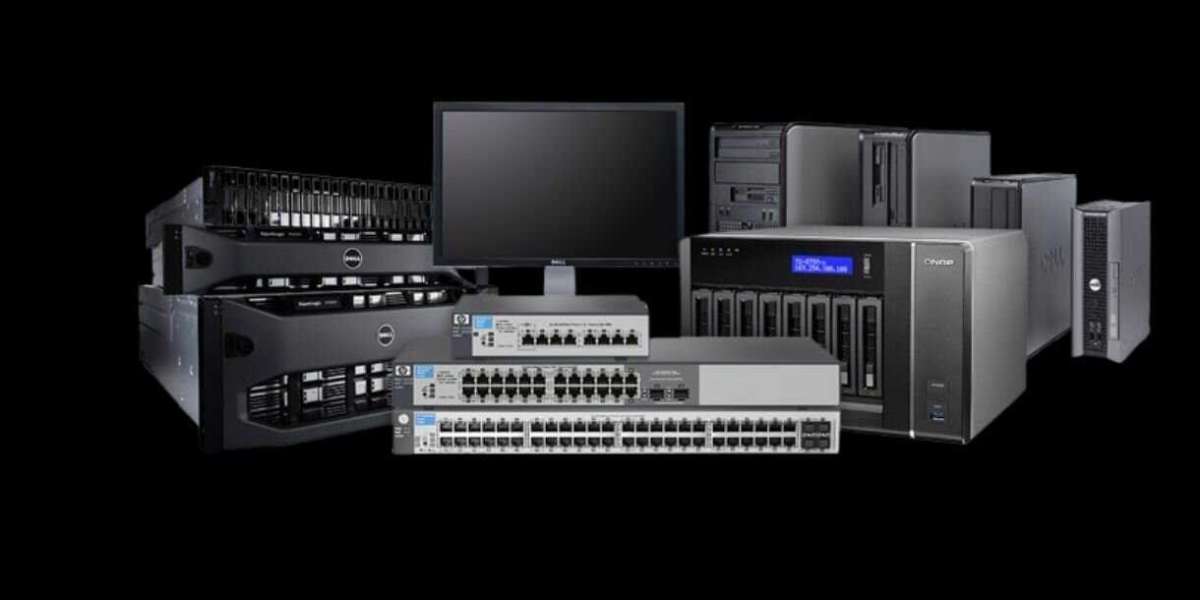Network switches play a crucial role in modern networking, facilitating smooth data communication between devices within a local area network (LAN). When building or upgrading a network, it’s important to understand the types of switches available and how they fit into your specific needs. Two commonly used types of switches are Layer 2 and Layer 3 switches. Each serves different purposes and is suited to particular networking scenarios.
In this blog, we will break down the differences between Layer 2 and Layer 3 switches, explain when to use each, and explore how they can enhance the efficiency of your business network.
What Are Layer 2 Switches?
Layer 2 switches operate at the data link layer (Layer 2) of the OSI model. Their primary function is to forward data between devices on the same local network segment, using MAC addresses to determine where to send data packets. Layer 2 switches are ideal for connecting computers, printers, and other devices within a LAN.
Benefits of Layer 2 Switches
- Simplicity and Speed: Since Layer 2 switches only focus on forwarding data within the same network segment, they are fast and easy to manage.
- Cost-Effective: Layer 2 switches are usually more affordable than Layer 3 switches, making them an ideal choice for small businesses or home offices that don’t require complex networking features.
- Plug-and-Play: Most Layer 2 switches are plug-and-play devices, which means they require minimal configuration. They are great for smaller networks or basic setups.
If you are looking for a cost-effective network switch for a small or medium-sized business, the pro max 16 PoE switch is an excellent example of a reliable Layer 2 switch. It provides sufficient port capacity for small networks and the added benefit of PoE (Power over Ethernet) to power devices like IP phones and wireless access points without extra cabling.
What Are Layer 3 Switches?
Layer 3 switches operate at both the data link layer (Layer 2) and the network layer (Layer 3) of the OSI model. This gives them routing capabilities that allow them to move data not just within the same network but between different networks, using IP addresses.
Benefits of Layer 3 Switches
- Advanced Routing Capabilities: Layer 3 switches can route traffic between VLANs (virtual local area networks) and different network segments. This makes them suitable for large organizations that have complex, segmented networks.
- Improved Network Performance: By handling routing at the switch level rather than offloading it to a dedicated router, Layer 3 switches reduce traffic bottlenecks, improving overall network performance.
- Better Control and Security: With the ability to create and manage VLANs, Layer 3 switches give network administrators more control over traffic flow, security, and access.
For larger businesses or enterprises, a switch like the USW-Enterprise-48-PoE offers the power and flexibility of a Layer 3 switch while still providing PoE capabilities for connected devices. It’s ideal for companies that need to manage multiple VLANs and segment traffic between different departments or floors of a building.
When to Use Layer 2 vs. Layer 3 Switches
- Layer 2 switches are ideal for smaller networks, where devices are all on the same subnet and there is no need for advanced routing. For example, a small office or a home office setup with a few devices can benefit from a simple and cost-effective Layer 2 switch.
- Layer 3 switches are better suited for larger networks that span multiple subnets or require traffic routing between different VLANs. If your business has multiple departments, floors, or even separate buildings, a Layer 3 switch will allow you to manage and route traffic more efficiently.
How Switches Can Boost Network Performance
No matter what size your business is, investing in the right switch is essential for building a reliable and scalable network. Businesses looking for fast, efficient networking solutions should consider the ml30 gen10 server, which integrates seamlessly with both Layer 2 and Layer 3 switches to provide robust and high-performance networking capabilities.
Additional Considerations
When selecting switches for your network, it’s also important to consider other factors like data storage and connectivity. Devices like Data Storage Devices can be integrated into your network to ensure seamless file sharing and backups. Furthermore, having affordable computing devices in your setup, such as the Best affordable laptops or the Best budget laptop UK, will ensure that your network users have the right tools to take full advantage of your network’s performance.
Conclusion
Both Layer 2 and Layer 3 switches have distinct advantages, depending on your business’s networking needs. Small and medium-sized businesses can benefit from the simplicity and cost-effectiveness of Layer 2 switches, while larger enterprises with more complex networks should opt for the enhanced control and performance of Layer 3 switches. The right switch, such as the USW-Enterprise-48-PoE or the pro max 16 PoE, will ensure that your network remains fast, efficient, and future-proof.
By working with reliable IT wholesalers UK, you can find high-quality switches, servers like the ml30 gen10, and other critical networking devices to optimize your business network. Whether you’re expanding your network or starting fresh, selecting the right hardware will make a world of difference in your network’s performance and scalability.







